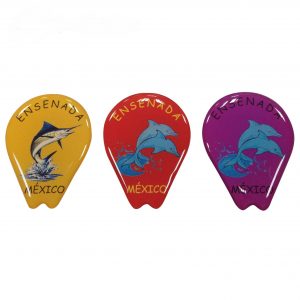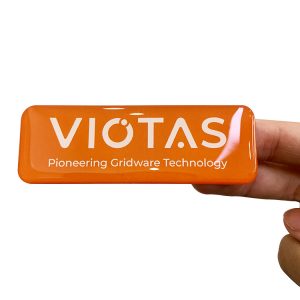According to the printing method used, self-adhesive printing can be divided into three printing methods. Below, the self-adhesive printing manufacturers will take you to understand these three methods.
Based on flexo printing technology
Self-adhesive labels based on flexographic printing technology are typical printing technologies in North America. The main equipment of small and medium-sized units, mainly ink printing, adopts roll printing and circular die-cutting methods. It has the characteristics of high production efficiency, advanced technology, and compliance with environmental protection requirements.
Embossing and flexo printing are equally divided
This processing method is mostly in Europe. The application situation of flexographic printing is basically the same as that of the United States. Letterpress printing also accounts for 50%. Moreover, letterpress printing uses UV ink, and most of the equipment adopts overlay or satellite type. The processing of materials is also carried out by means of roll printing.
Based on letterpress printing
This model is mainly in the Asia-Pacific region. In the Asia-Pacific region, most of the developing countries, label printing is still relatively backward, even if letterpress printing is used, but only a small number of UV ink equipment is used, most label printing still uses resin-based ink, while also using roll-to-roll and sheet-fed paper The printing method; due to the high proportion of sheet-fed offset printing self-adhesive labels, its application range is very wide; the die-cutting method is mainly flat pressure die-cutting.
Fourth is offset printing
In label printing factories in my country, offset printing is the main method of printing paper with stickers. It is characterized by fine graphics and strong sense of hierarchy, suitable for mass printing, and the printing equipment can be used for multiple purposes, adapting to the characteristics of the Chinese label market. But sheet-fed offset printing is not suitable for printing surfaces without absorbent film, because film labels are usually printed on rolls and require volatile dry inks. Thicker plastic materials can be printed, such as in-mold labels and label hanging plates, but a UV curing device must be installed, which costs a lot.
Fifth, screen printing.
For substrates, screen printing is the most adaptable printing method. At present, many screen printing companies use cheap screen printing equipment to contract sticker and film label printing business. It is characterized by strong ink color and strong three-dimensional effect, and it can use uv ink to print film products. Except for a few rotary screen printing equipment that can adapt to roll-to-roll label printing, most of the screen printing equipment are semi-automatic flat screen printers, which can only print single products, and their overprinting accuracy is not high, so they are not suitable for production equipment on film label production lines. . At the same time when the business is converting to production, the corresponding changes in label post-printing processing should be noted. For example, when printing self-adhesive labels, the post-printing processing of self-adhesive stickers is divided into sheet-fed processing and web processing according to the application form of the label. .








